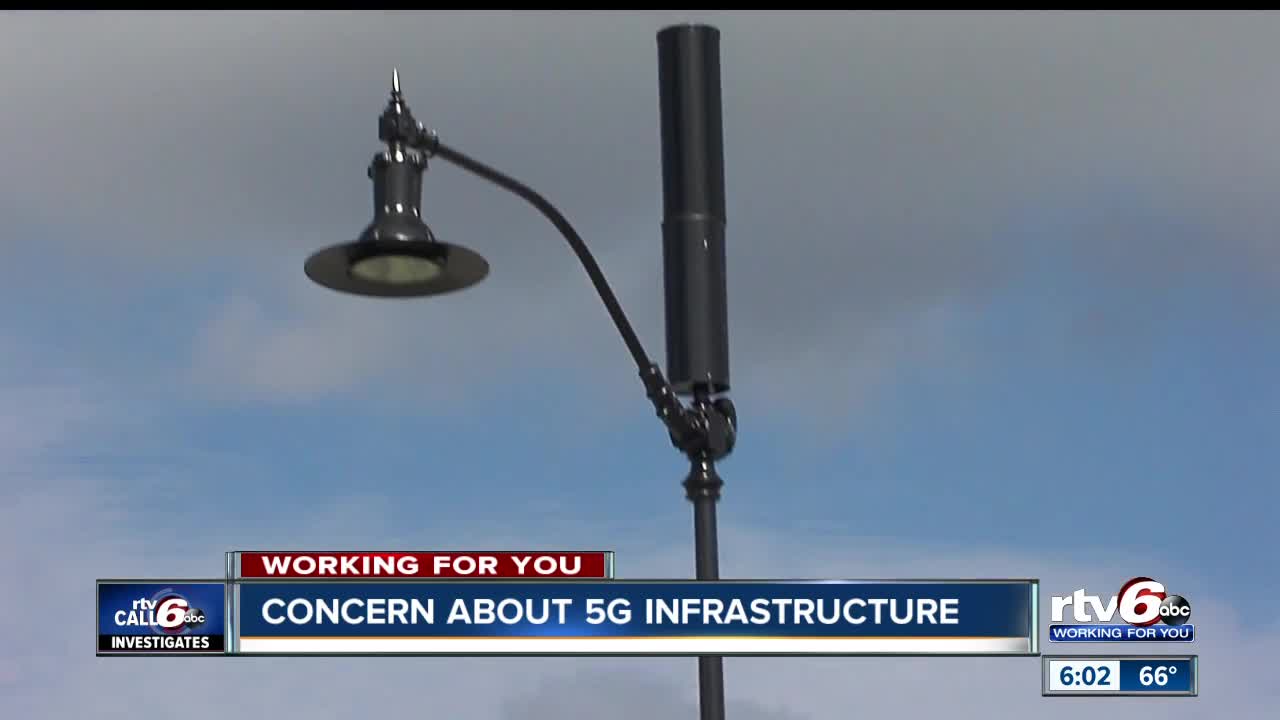Are usually safest distance from a 5G cell Tower system?

If you've ever walked through a town, you may have seen tiny 5G cell towers placed on poles for street lighting. They look like little boxes however, they're actually transmitting wireless signals from mobile providers to your mobile.
These smaller towers are replacing the larger specially-designed cell towers. While they're not as noticeable, they still can create issues for users.
A of the FCC's Radiation Exposure Thresholds
The FCC's Radiation Exposure Thresholds establish the safe distance that an individual can be exposed to electromagnetic radiation from wireless devices. The exposure limits are based upon scientific research which show that the energy of RF can cause harm to health.
The absorption rate specific (SAR) is a measure of the amount of radiofrequency energy that is taken up by tissues. It is typically 1.6 milliwatts per kilogram averaged over one Gram of tissue.
However, because 5g transmits at higher frequencies, it has the potential to create more energy on the skin as well as other body parts. This can result in a wide range of potential problems, including an increased appearance of skin disorders like dermatitis, skin cancer and cataracts.
Because of the potentially severe effects of 5g radiation, PSU has chosen to create a general power density limit of 4 mW/cm2 based on the average over 1 cm2, and never to exceed 30 minutes for the entire 5G spectrum at 3000 GHz. This limit for localization is in line with the highest spatial-average SAR of 1.6 W/kg, averaged over one 5 grams of body tissue, at 6 GHz.
The FCC's Maximum Exposure Thresholds for Maximum Exposure
If you've ever used a mobile phone, you probably know that the safest distance from the tower should be at least 400 meters. This is because the power of transmission from a cell tower increases dramatically the further away you are from it.
While it sounds like an ideal idea however, people who live close to towers could be more susceptible to health problems. For example, a study from 2014 in India discovered that people who lived within 50 meters of cell towers had significant more health issues than those who were distance from them.
But, the study found that people who moved to areas that were further from the cell towers saw their symptoms improve within a couple of days. Another study has demonstrated that exposure to extreme levels of radiofrequency electromagnetic fields (EMFs) could cause brain tumors, cancer and other health issues.
This is because RF radiation, which is used in wireless communication, can penetrate the human body's outer layer, which is the skin. https://forkcycle81.werite.net/post/2023/03/28/Will-be-5g-unhealthy-for-you-personally is crucial to know because the skin serves as a barrier to protect against injuries caused by mechanical forces, infections caused by pathogenic microorganisms and the entry of harmful substances. The skin is the largest organ in the human body, and is responsible for keeping the integrity of other organs.
The FCC's Minimum Exposure Thresholds for the Minimum Exposure

The FCC's Minimum Exposure Thresholds are based on various assumptions that aren't supported by scientific evidence. faraday hats include the incorrect belief that short-term exposures RF radiation is safe due to the limited radiation penetration in the human body (i.e., tissue heating).
The assumption also ignores the more extensive penetration of ELF parts of the modulated RF signal, as well as the effect of short bursts of heat generated by RF waves that are pulsed. These assumptions do not correspond with current understanding of the biological effects of RF radiation. Therefore, https://beggarfont37.doodlekit.com/blog/entry/25014899/why-are-5g-towers-this-sort-of-terrible-idea should not be considered for health protection exposure standards.
Furthermore, the ICNIRP and FCC are limiting its maximum levels of radiation exposure for local peak SARs that are based on the maximum spatial specific absorption rate (psSAR) which is an inadequate dosimetric tool to assess the amount of exposure to radiofrequency radiation. In particular it is inconclusive for frequencies that exceed 6 GHz. Additionally, psSAR hasn't been tested for RF radiation that is exposed to other environmental agents , such as sunlight. In the event of interactions, RF radiation with other agents in the environment could cause synergistic or antagonistic results. This would result in an increased risk of adverse health adverse effects. For instance, exposure to RF radiation and sunlight could increase the risk of skin cancer, and may also exacerbate other skin conditions like acne.
